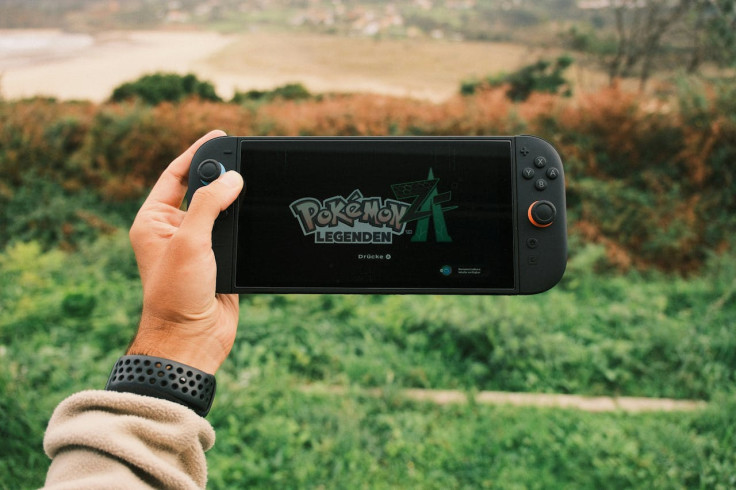Nintendo Switch 2 Is Flying Off Shelves — Sales Surge Despite Trump Tariffs
The firm appears to have handled these levies well.

Nintendo's latest console, the Switch 2, continues to defy expectations after setting new records in the gaming industry and boosting the Japanese company's financial outlook.
Since its global launch on 5 June, the hybrid handheld console has sold 10.36 million units, according to Nintendo's latest earnings report. That figure is more than double the original Switch's performance during a comparable launch window in 2017.
Nintendo has revised its hardware sales forecast for the financial year ending March 2026, raising the estimate from 15 million to 19 million units in line with current momentum.
The firm also lifted its operating income forecast by 16% to ¥370 billion (£1.8 billion). For the September quarter, operating profit reached ¥88.25 billion (£440 million), while revenue came in at ¥527.2 billion (£2.6 billion).
These early figures position the Switch 2 as one of the fastest-selling gaming consoles in history. Strong brand loyalty appears to be fuelling demand, aided by the appeal of flagship titles such as Mario Kart World and Donkey Kong Bananza, combined with a strategic release just ahead of the year-end shopping surge.

Tariff Turbulence and Pricing Pressure
The Switch 2 launched with a price tag of around $449.99 (£345), marking a notable increase on the original Switch's launch price. The rise was largely influenced by manufacturing cost pressures and tariffs imposed by the administration of United States President Donald Trump.
The recent measures introduced substantial import duties on a range of products from countries such as China and Vietnam, where a significant share of Nintendo's hardware production is based. These developments have injected volatility into the company's supply chain and financial structure.
Despite early concerns that the tariffs might negatively affect Nintendo's profit margins and consumer demand, the company appears to have handled the situation effectively. In spite of fluctuations in manufacturing costs, Nintendo has managed to maintain price stability, buoyed by strong brand loyalty and robust pre-order figures.
Notably, Nintendo's earlier decision to diversify its production base beyond China helped to cushion the impact considerably.
Sustaining Success Amid Industry Shifts
For Nintendo, the Switch 2's performance has restored the momentum it needs to compete not only in the hardware market but also across software, subscriptions and franchises.
The console's innovative hybrid design, merging portable and docked gameplay, has shown remarkable staying power in a market that increasingly values versatility and digital integration.
With more than 20 million games already sold on the platform and a solid line-up of winter releases, the groundwork is well in place for future expansion.
For the wider gaming industry, the success of the Switch 2 highlights that even amid rising component costs and complex trade conditions, brand reputation, franchise strength and platform accessibility remain decisive factors in major product launches.
Unlike rival hardware makers, Nintendo appears to have managed production efficiently, increasing supply to meet strong consumer demand.
What's Next for Nintendo
Nintendo faces the challenge of maintaining consistent demand over the long haul while ensuring that production meets anticipated levels. The company's projections indicate a positive outlook that its flagship console will continue to be a significant driver of growth through 2026.
If the current sales trend persists, the Switch 2 may not only surpass its predecessor but also enable Nintendo to compete with Sony's PlayStation 2 for the title of the best-selling console ever.
© Copyright IBTimes 2025. All rights reserved.





















